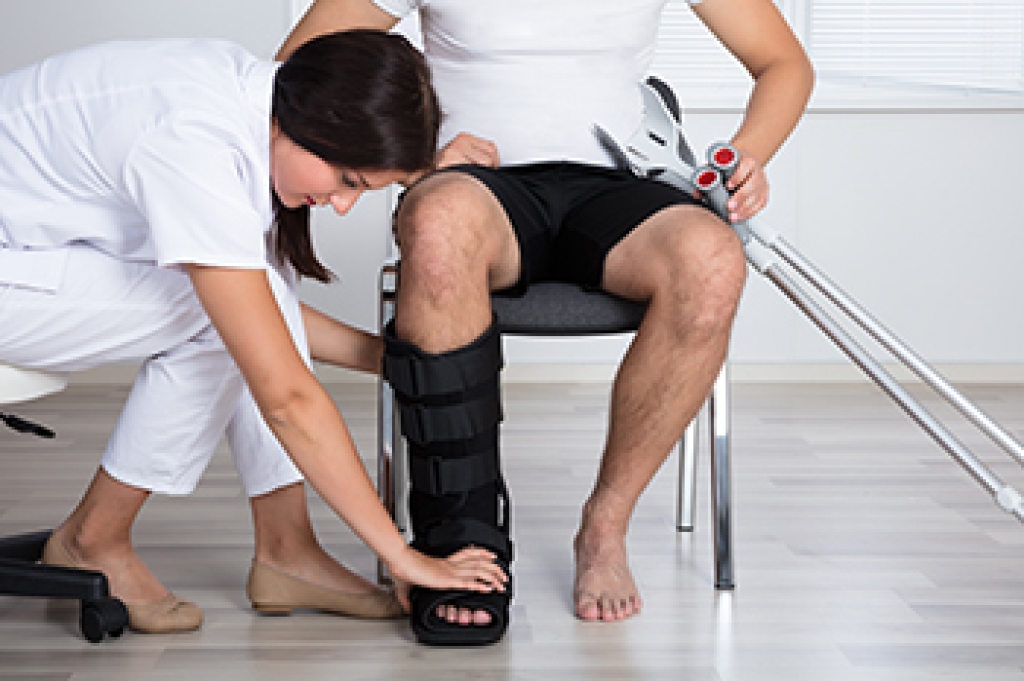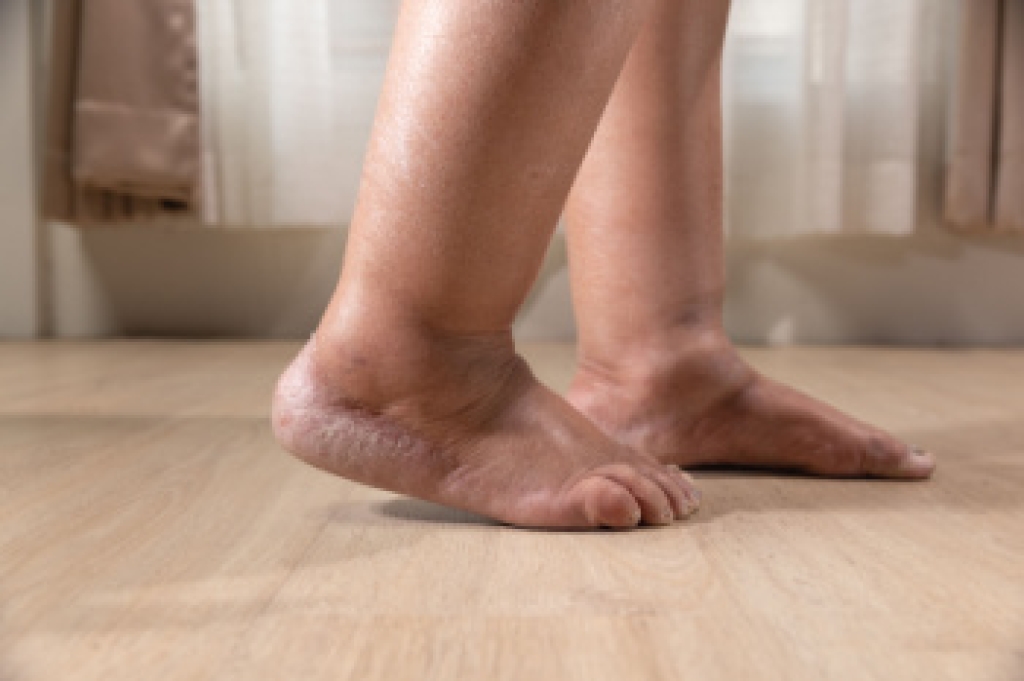
Maintaining foot health is important, especially considering how much pressure your feet endure daily. Incorporating regular stretches into your routine can significantly enhance strength, flexibility, and overall comfort, reducing the likelihood of injuries. Simple stretches like toe flexes and Achilles tendon stretches can improve muscle control, increase flexibility, and support the intricate structures of the feet. For example, toe stretches help in preventing issues such as bunions and hammer toes, while Achilles stretches target the tendon to alleviate tension and prevent strain. These exercises are beneficial for anyone, from athletes aiming to prevent injuries to individuals seeking relief from daily foot discomfort. However, it is essential to ensure that these stretches are performed correctly to avoid potential harm. A podiatrist can provide personalized guidance, ensuring that you are using the right techniques tailored to your specific needs. If you have foot pain and would like to find out more about appropriate foot stretches, it is suggested that you schedule an appointment with a podiatrist.
Stretching the feet is a great way to prevent injuries. If you have any concerns with your feet consult with one of our podiatrists from Graff Foot, Ankle and Wound Care. Our doctors will assess your condition and provide you with quality foot and ankle treatment.
Stretching the Feet
Being the backbone of the body, the feet carry your entire weight and can easily become overexerted, causing cramps and pain. As with any body part, stretching your feet can serve many benefits. From increasing flexibility to even providing some pain relief, be sure to give your feet a stretch from time to time. This is especially important for athletes or anyone performing aerobic exercises, but anyone experiencing foot pain or is on their feet constantly should also engage in this practice.
Great ways to stretch your feet:
- Crossing one leg over the others and carefully pull your toes back. Do 10-20 repetitions and repeat the process for each foot
- Face a wall with your arms out and hands flat against the wall. Step back with one foot and keep it flat on the floor while moving the other leg forward. Lean towards the wall until you feel a stretch. Hold for 30 seconds and perform 10 repetitions for each foot
- Be sure not to overextend or push your limbs too hard or you could risk pulling or straining your muscle
Individuals who tend to their feet by regular stretching every day should be able to minimize foot pain and prevent new problems from arising.
If you have any questions please contact our offices located in Plano, Dallas, Prosper, Allen, Garland, Frisco, and Coppell, TX . We offer the newest diagnostic and treatment technologies for all your foot and ankle needs.



 Foot pain
Foot pain